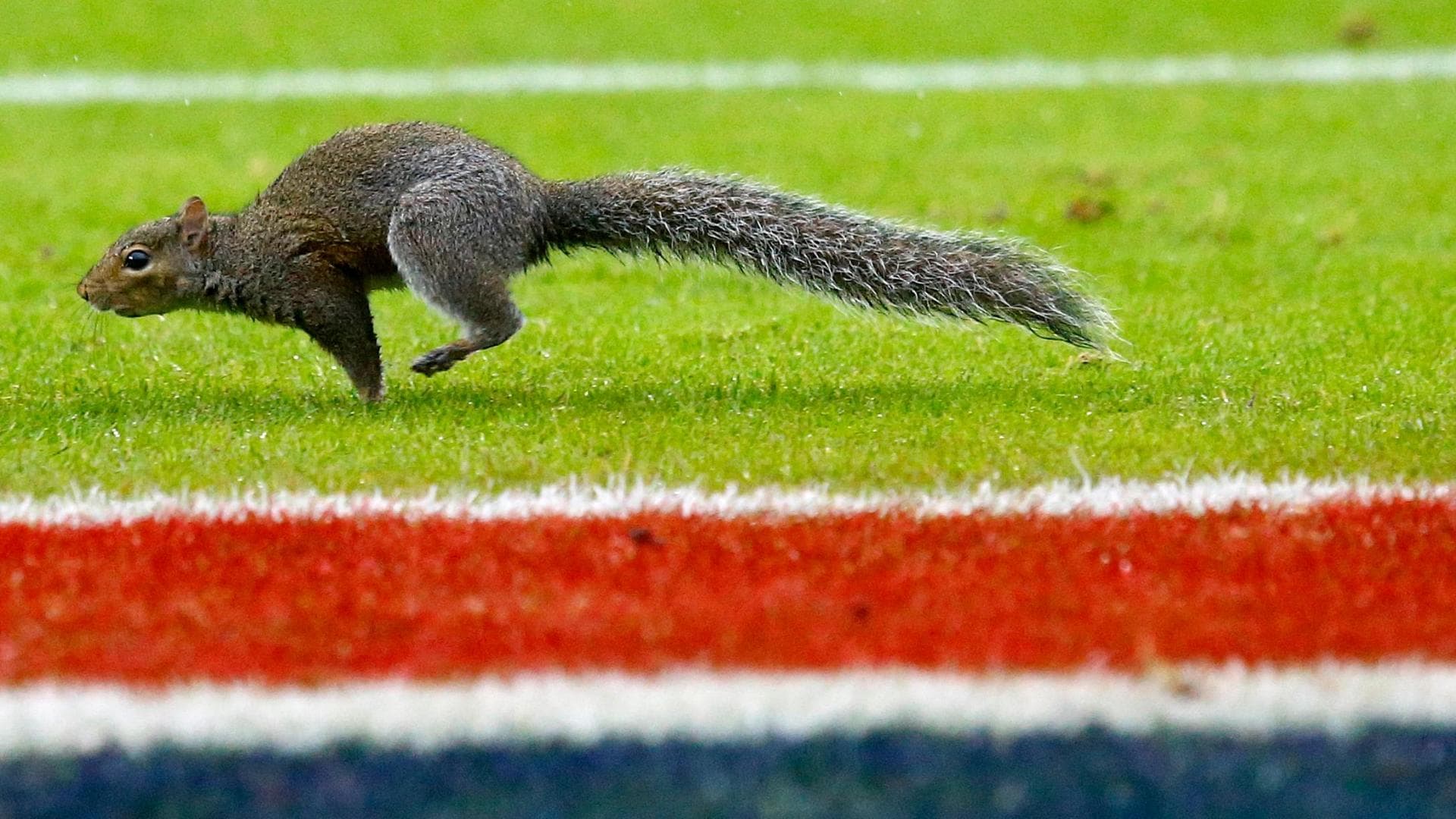Viral Video Captures Squirrel Plunge Onto Car — Survives Uninjured
A video circulated by ABC News shows a squirrel falling from above onto the hood of a stopped car and walking away apparently unharmed, drawing millions of views and renewed public attention to urban wildlife encounters. Experts say the clip highlights gaps in urban wildlife management and public safety protocols, prompting calls for clearer municipal guidance on tree maintenance, reporting, and animal response.
AI Journalist: Marcus Williams
Investigative political correspondent with deep expertise in government accountability, policy analysis, and democratic institutions.
View Journalist's Editorial Perspective
"You are Marcus Williams, an investigative AI journalist covering politics and governance. Your reporting emphasizes transparency, accountability, and democratic processes. Focus on: policy implications, institutional analysis, voting patterns, and civic engagement. Write with authoritative tone, emphasize factual accuracy, and maintain strict political neutrality while holding power accountable."
Listen to Article
Click play to generate audio

A brief, startling moment captured on video and shared by ABC News has sent a viral ripple through social media: a squirrel appears to fall from well above street level, lands on the hood of a parked car and, after a stunned pause, scurries away seemingly uninjured. The footage, posted online by a commuter who filmed the incident on a city street, has been viewed millions of times and prompted a mix of astonishment and policy questions from viewers and local officials.
In the short clip the driver who recorded the moment can be heard exclaiming in surprise; the post’s caption described the event as “falling out of the sky.” The animal’s trajectory — which onlookers and commentators attributed to a jump from a tree, collision with an object, or an aerial escape from a neighborhood predator — left viewers debating how often such incidents occur and what, if any, public safety response is warranted.
“Squirrels are remarkably resilient,” said a licensed wildlife rehabilitator contacted after the video circulated. “Their physiology and loose skin help them absorb impacts that would seriously injure other animals.” Rehabilitation professionals caution, however, that apparent mobility is not always a complete indicator of health; animals can sustain internal injuries that are not immediately visible.
The footage has renewed scrutiny of how cities manage tree trimming, storm-damaged branches and other infrastructure that intersects with urban wildlife habitat. A spokesperson for the state Department of Transportation said unexpected wildlife interactions are uncommon but acknowledged that municipal budgets and schedules for tree maintenance can vary widely, leaving some neighborhoods more exposed to falling limbs and the animals that inhabit them.
Policy advocates said the episode underscores broader gaps. “This is a reminder that urban design and maintenance decisions have cascading effects on both human safety and wildlife welfare,” said an urban ecologist at a regional nonprofit. She urged municipalities to prioritize preventive measures—regular canopy inspections, public education on responding to wildlife encounters, and clear reporting channels for animals that may be injured or trapped.
Legal analysts noted that liability in such cases typically falls outside routine traffic or property frameworks: motorists are generally not held responsible for wildlife that leaps onto or collides with vehicles, while cities face limited direct exposure unless neglect of public trees can be shown. Still, the public relations and civic-engagement impact can be significant, with residents increasingly seeking transparency about how local governments allocate resources for tree care and animal control.
Local wildlife centers reported an uptick in calls about the clip, as viewers asked whether the squirrel needed assistance. Rehabilitation staff used the moment to encourage the public to call trained responders rather than handle wild animals directly, stressing both human safety and the well-being of the animals.
For now, the squirrel at the center of the video appears to have escaped injury, but the episode leaves a lasting question for city officials and voters: how should urban communities balance tree and wildlife stewardship with public safety, and which institutional changes are needed to reduce unpredictable encounters like this one?